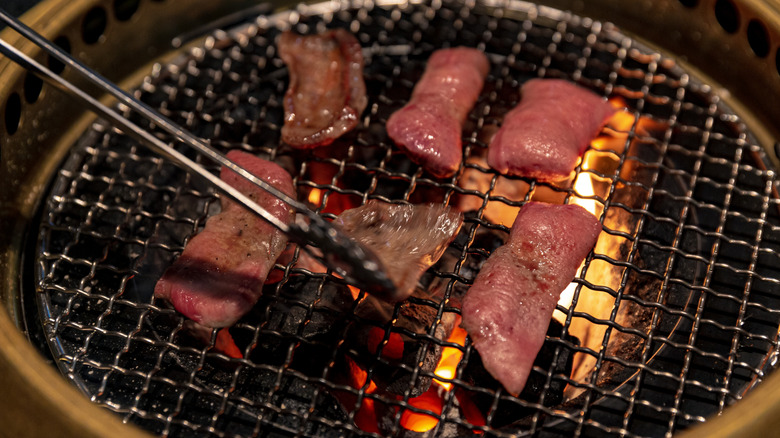The History and Evolution of BBQ Across Cultures
Cooking with fire has been a fundamental part of human history, with its roots stretching back thousands of years. As a result, every civilization has developed its own unique culinary traditions, especially when it comes to grilling and barbecue. In the United States, barbecue is often associated with large cuts of meat, slow-cooked over wood or charcoal, and served with classic side dishes. This style of cooking has deep cultural significance, particularly in the southern and midwestern regions, where it has evolved into a beloved tradition.
In contrast, Japanese barbecue has its own distinct approach, shaped by centuries of evolution and influenced by both local and foreign practices. One of the most popular forms of Japanese barbecue is yakiniku, which translates to “grilled meat.” This style was inspired by the Korean gogi-gui, which was introduced to Japan during its occupation of South Korea from 1910 to 1945. After World War II, yakiniku gained popularity as an affordable and social way to enjoy grilled meats, especially during the country’s postwar reconstruction period.
Key Differences Between American and Japanese BBQ
While both American and Japanese barbecue styles emphasize communal dining, they differ significantly in terms of preparation, cooking methods, and presentation. American barbecue typically involves a low-and-slow cooking process, using indirect heat to allow the meat to absorb smoky flavors over a long period. This method is often used for larger cuts like brisket, ribs, and pulled pork, and the meat is usually coated in a dry rub that can include ingredients like sugar, spices, and even chocolate for added depth of flavor.
On the other hand, Japanese yakiniku relies on direct heat and quick cooking times. Thin slices of meat and vegetables are cooked at the table, allowing diners to control the level of doneness. A variety of dipping sauces, such as yakiniku sauce, are commonly provided to enhance the flavor of the food. Sides like steamed rice, lettuce leaves, and edamame are also popular, offering a balance to the rich flavors of the grilled meats.
The Social Aspect of Barbecue
Both American and Japanese barbecue styles are deeply rooted in social traditions. They bring people together, encouraging conversation, shared experiences, and a sense of community. In the U.S., barbecue is often associated with gatherings, festivals, and backyard cookouts, where the focus is on enjoying hearty meals and good company. In Japan, yakiniku offers a similar experience, but with a more interactive and hands-on approach. Diners take part in the cooking process, making it a fun and engaging meal for all involved.
Despite their differences, both styles of barbecue highlight the importance of food in bringing people together. Whether it’s the slow-smoked meats of American barbecue or the quick-grilled bites of yakiniku, each offers a unique way to enjoy delicious food with loved ones.
Flavor Profiles and Cultural Influences
The flavor profiles of American and Japanese barbecue reflect the cultural influences that shaped them. American barbecue is known for its bold, smoky flavors, often enhanced by sweet and tangy sauces. Different regions in the U.S. have developed their own signature styles, such as the vinegar-based sauces of North Carolina or the thick, tomato-based sauces of Kansas City.
Japanese barbecue, by contrast, focuses on the natural flavors of the ingredients, with a emphasis on freshness and simplicity. The use of dipping sauces allows for customization, letting diners adjust the taste to their liking. Vegetables play a more prominent role in Japanese barbecue, adding a refreshing contrast to the richness of the meats.
Conclusion
Whether you prefer the slow, smoky flavors of American barbecue or the quick, interactive experience of Japanese yakiniku, both styles offer something special. Each reflects the cultural heritage and values of its respective country, while also providing a memorable and enjoyable way to share a meal with others. No matter where you are, there’s always a reason to gather around the grill and celebrate the joy of good food.







